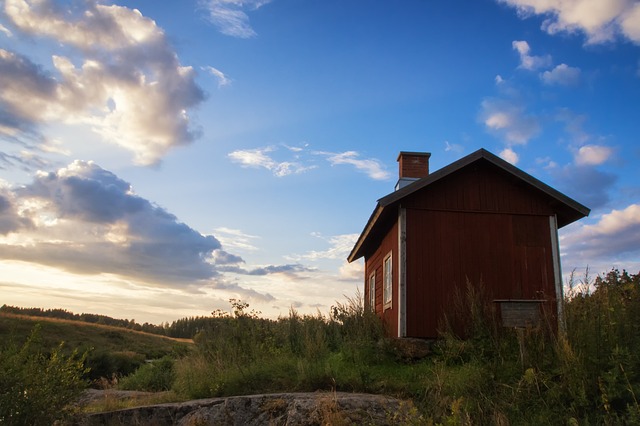Juhannus | A traditional Midsummer in Finland

Every year in Europe and Scandinavia, festivals are held in various regions during the summer solstice, when daylight is the longest of the year. Finland also holds a Midsummer called “Juhannus” on a Saturday in late June. It is customary to enjoy saunas, bonfires, and cooking together at cottages in the suburbs.
In this article, I would like to introduce Midsummer in Finland.
Juhannus, the Finnish Midsummer

The summer solstice is the year’s longest day, from sunrise to sunset. It is also the day that marks the end of the long winter and the arrival of summer. During this season, festivals, unique customs, and other events related to the summer solstice are held in Japan and worldwide.
Midsummer, known as Juhannus, is celebrated in Finland every year during the summer solstice at the end of June. For the Finns, Juhannus is said to be the second most important event after Christmas.
As Midsummer approaches, Finns return home from the cities to the countryside or to their lakeside cottages.On the day of the festival, they enjoy barbecues and outdoor dancing with friends and family. At night, they build a bonfire called a Kokko.
Until 1954, Midsummer was fixed for June 24. Today, according to Finnish law, Midsummer falls on a Saturday between June 20 and June 26. The Friday before the Saturday is also a public holiday in Finland. Together with Sunday, Midsummer is a three-day weekend.
People in Finland start preparing for Midsummer on Friday by moving into their cottages and decorating them. This is why the cities are deserted during Midsummer. Many stores are closed, creating a ghost town-like landscape.
Origin of Juhannus
Midsummer has long been a traditional festival in Finland. Originally it is said to have been an event to show devotion to Ukko, the god of weather and harvests, who appears in Finnish mythology.
The god Ukko is the origin of the Finnish word “Ukkonen,” which means thunderstorm. Ukko was believed in Finland to bring the blessed rain needed for a good harvest of crops.
Therefore, people prayed to Ukko for a bountiful harvest and peace during Midsummer. The name of Midsummer was not Juhannus as it is today. It was called “Ukko Juhla”, which means the festival of Ukko.
How Finns Spend Midsummer
In modern Midsummer, the ancient custom of praying to the gods for a bountiful harvest has faded. Instead, it is primarily a celebration of the coming of summer and a time to spend with family and friends. Finns return to the countryside to spend time with their families starting about the Friday before Midsummer. Or, if they have a cottage, they move with their friends.
Cottages may not be familiar to the Japanese, but Finland has one of the highest rates of cottage ownership in the world. However, Finland has one of the highest cottage ownership rates in the world. For them, spending their leisure time in cottages is a common practice. Many people who do not own a cottage rent one for Midsummer, or simply spend time by the lake or in nature.
In the cottages, they can enjoy traditional Finnish meals such as potatoes and salmon and drinks. Or they can take a sauna by the lake near the cottage and then jump into the lake to cool off. In Finland, the summer solstice is the time of the “midnight sun,” when the sun does not set all day long and it is still light at midnight. Midsummer is therefore a time when people can play outside all night long.
Build a bonfire called “Kokko”
The main event of the Midsummer is the custom of building a large bonfire at midnight and spending time together around it. This bonfire is called “Kokko.
This custom has been practiced in Juhannus since ancient times. The purpose of bonfires is said to be to drive away demons that appear as the nights get longer around the summer solstice and to bring a good harvest and happiness for the year. It is believed that the larger the bonfire, the more effective the prayers will be.
The Legend of Love Fulfillment
In addition to prayers for a bountiful harvest, Midsummer has also been associated with the prosperity of offspring and the fulfillment of love.
For example, Midsummer has the following legend. On Midsummer Night, women place seven kinds of flowers that bloom during the summer solstice under their pillows and go to sleep. Then, in a dream, one’s future fiancée will appear. Another legend says that if you look into a well or a lake while completely naked, the image of the person of your destiny will appear.
Conclusion
In Japan, there is a custom to pray for the growth of rice planted in the fields and a good harvest by eating special foods during the summer solstice.
The purpose of Juhannus in Finland is the same, to celebrate a good harvest and the changing of the seasons. How do you spend Midsummer in your country?




